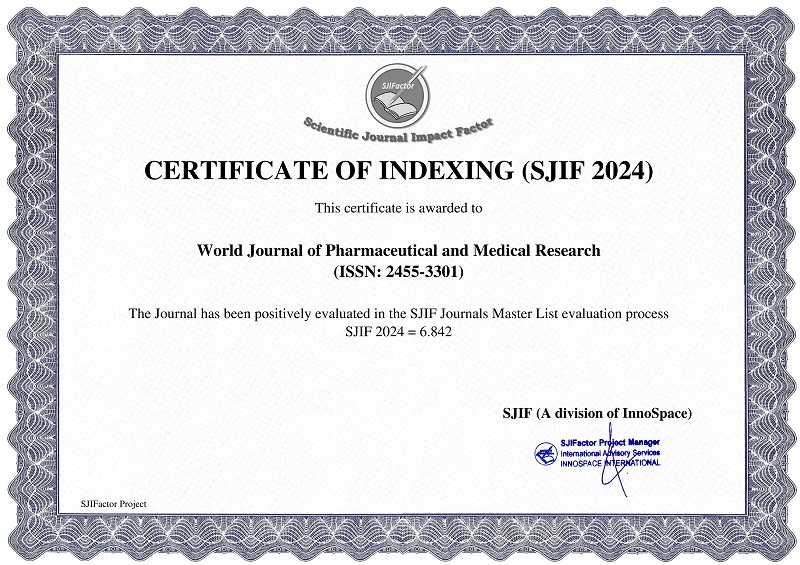THE IMPACT OF NUTRITION AND NUTRITIONAL INTERVENTIONS ON PUBERTAL GROWTH: A COMPREHENSIVE REVIEW OF MACRONUTRIENT AND MICRONUTRIENT INFLUENCES
Ashraf Soliman*, Fawzia Alyafei, Nada Alaaraj, Shayma Ahmed, Noora AlHumaidi, Noor Hamed, Ahmed Elawwa, Sohair Elsiddig and Ahmed Khalil
ABSTRACT
Background: The pubertal growth spurt is a critical period in human development, accounting for approximately 15–20% of adult height and nearly half of peak bone mass accrual. Optimal linear growth during this phase is governed by a complex interplay between growth hormone (GH), insulin-like growth factor-1 (IGF-1), sex steroids, and nutritional adequacy. However, global disparities in nutrition—both undernutrition and overnutrition—continue to jeopardize the growth potential of adolescents, particularly in vulnerable populations. Objective: To synthesize recent evidence on the impact of macronutrient and micronutrient intake, dietary quality, and targeted nutritional interventions on pubertal growth, with a focus on identifying modifiable risk factors and strategic points for intervention. Methods: This narrative review evaluated 88 studies published between 1990 and 2024, focusing on protein and caloric intake, iron, zinc, vitamin D, and multinutrient supplementation during adolescence. Key outcomes assessed included growth velocity, height-for-age z-scores, bone mineral density, pubertal timing, and hormonal biomarkers. Findings were synthesized into thematic tables highlighting population characteristics, dietary variables, and intervention outcomes. Results: Protein-rich diets, especially those based on high-quality animal sources, were associated with improved body composition and pubertal growth. Conversely, low-protein, high-calorie diets exacerbated adiposity and delayed linear growth. Iron, zinc, and vitamin D supplementation improved hemoglobin levels and modestly supported height velocity, particularly in deficient populations. Interventions combining macro- and micronutrients were most effective in addressing stunting and delayed puberty. Catch-up growth was achievable in undernourished adolescents with sustained nutritional support but carried risks of early pubertal onset if poorly timed. Conclusions: Both nutritional deficits and excesses profoundly influence pubertal development. Targeted, context-specific interventions—especially those combining dietary quality improvement with micronutrient supplementation—can mitigate stunting and optimize pubertal growth trajectories. Future research should emphasize longitudinal monitoring and the integration of nutrition into adolescent health strategies, particularly in regions facing the double burden of malnutrition.
[Full Text Article] [Download Certificate]



